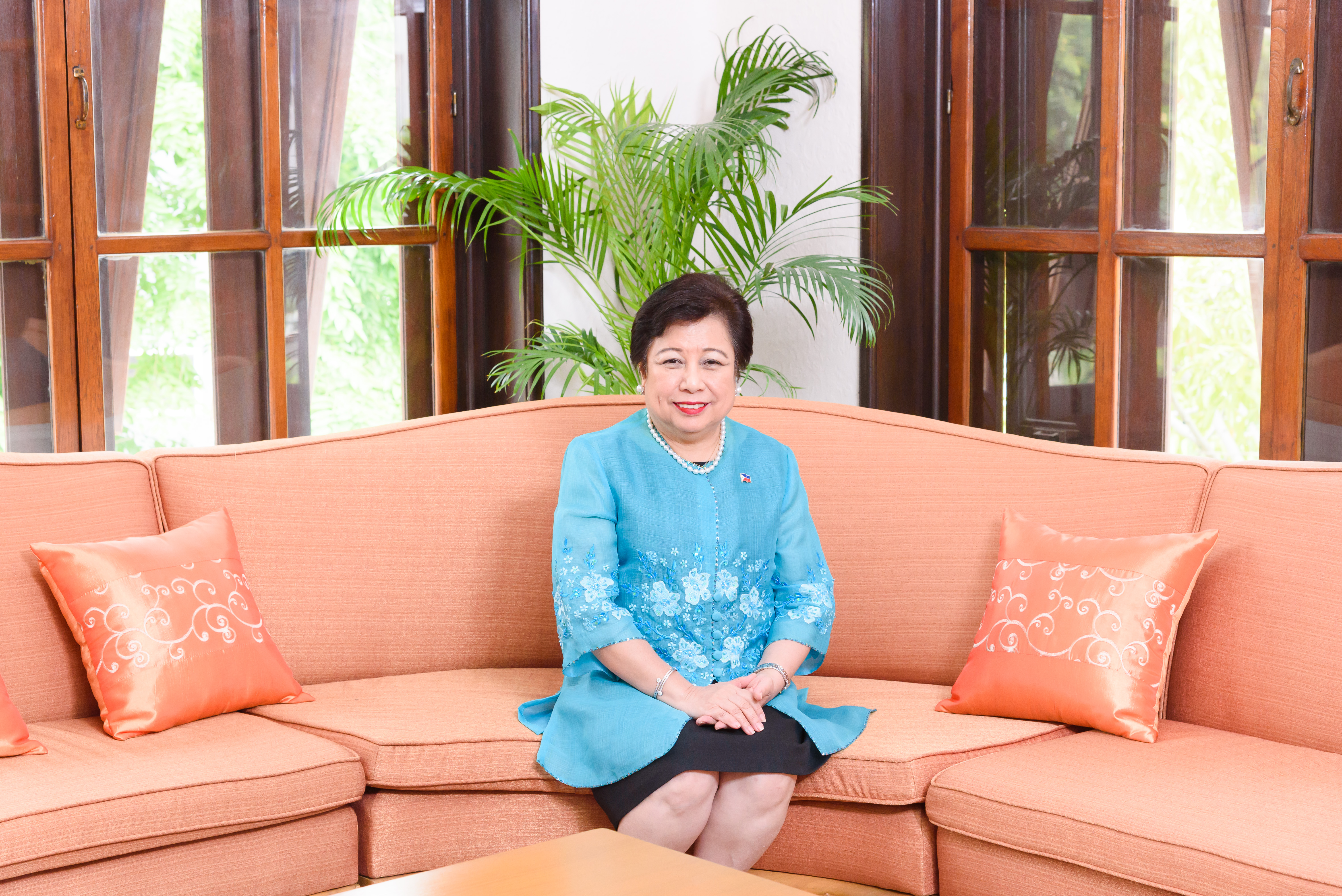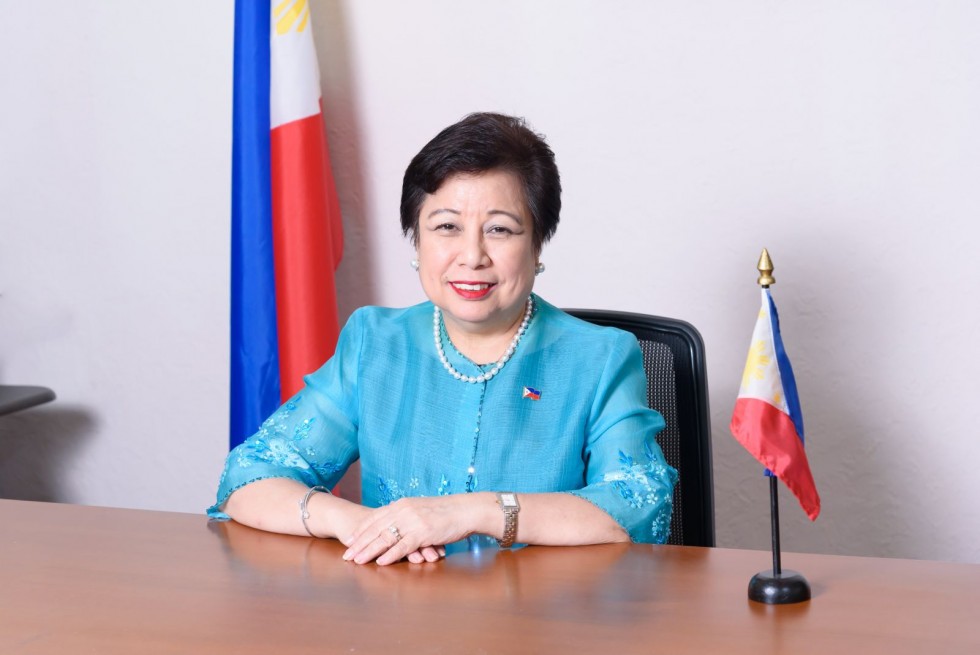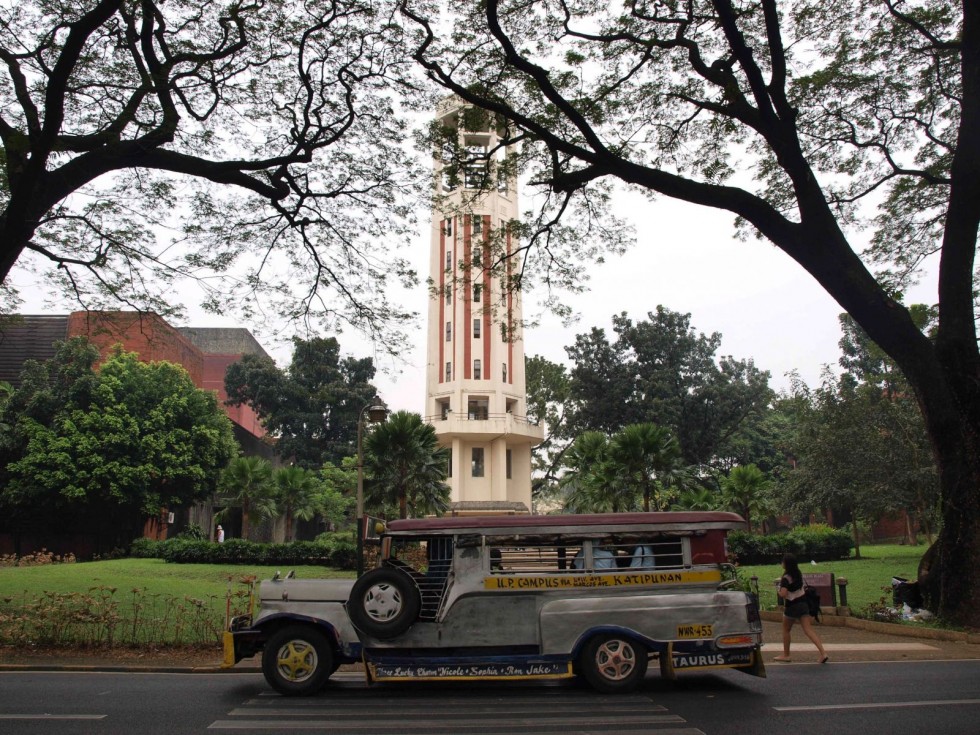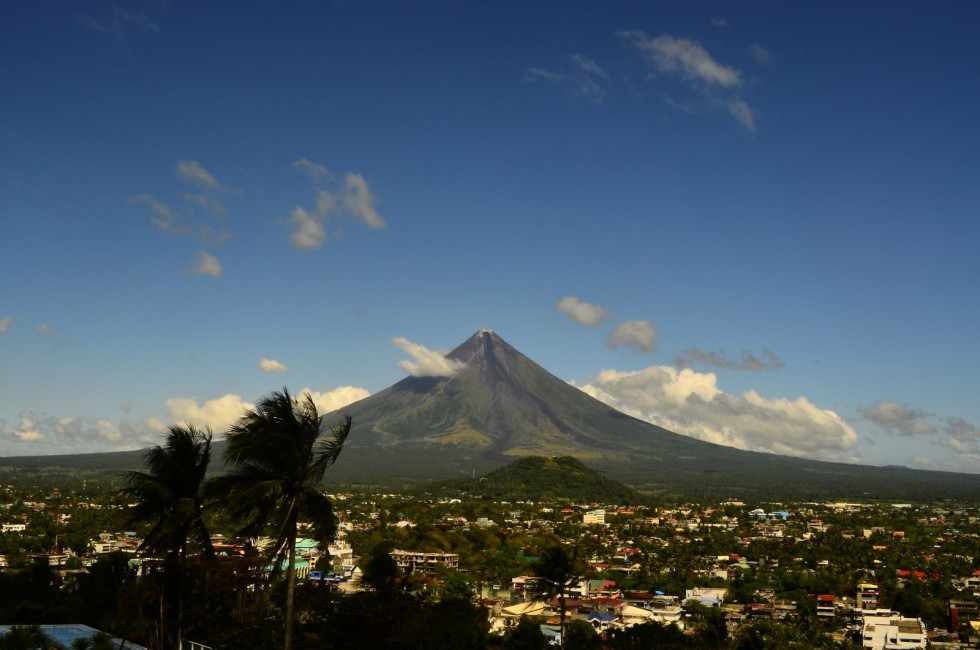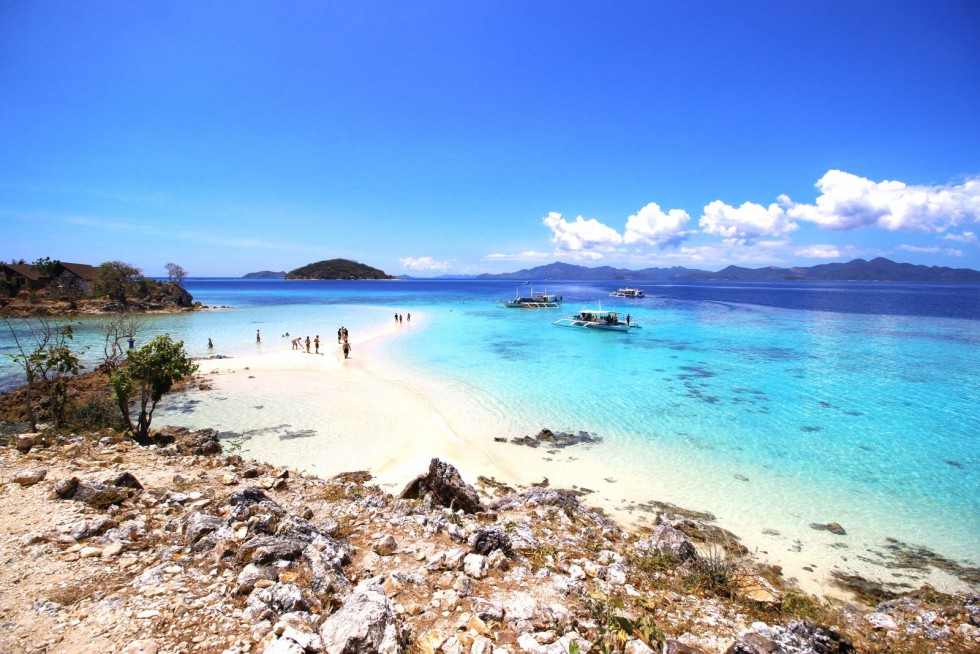Thailand and the Philippines have enjoyed thriving and cordial relations since long before the establishment of official diplomatic relations in 1949. Through maritime trade way back in the 13th century, the two countries exchanged more than commodities and goods but also cultural influences and ties. Centuries on, after many political and societal changes, Thailand and the Philippines continue to move forward as allies and Asean members with various bilateral efforts, thriving together with prosperity and stability.
Looking ahead, Her Excellency Mary Jo A Bernardo-Aragon, the Philippines Ambassador to Thailand, provided us with her insights into the future of the two countries.
I studied political science and international relations at Schiller College in Bönnigheim, Germany and London, UK, and joined the Philippine foreign service in 1979 as a junior Foreign Service Officer, after passing a competitive examination. My foreign postings were in Brussels, New York with the Philippine Mission to the UN, and Los Angeles as Consul-General. In Manila, I served in various capacities in the Office of European Affairs, the Office of the Undersecretary for Administration and Office of the Secretary. Prior to being assigned to Thailand as Philippine Ambassador to the Kingdom of Thailand and as Permanent Representative to the United Nations Economic and Social Commission for Asia and the Pacific (Unescap), I was the Assistant Secretary for the Internal Audit Service of the Department of Foreign Affairs.
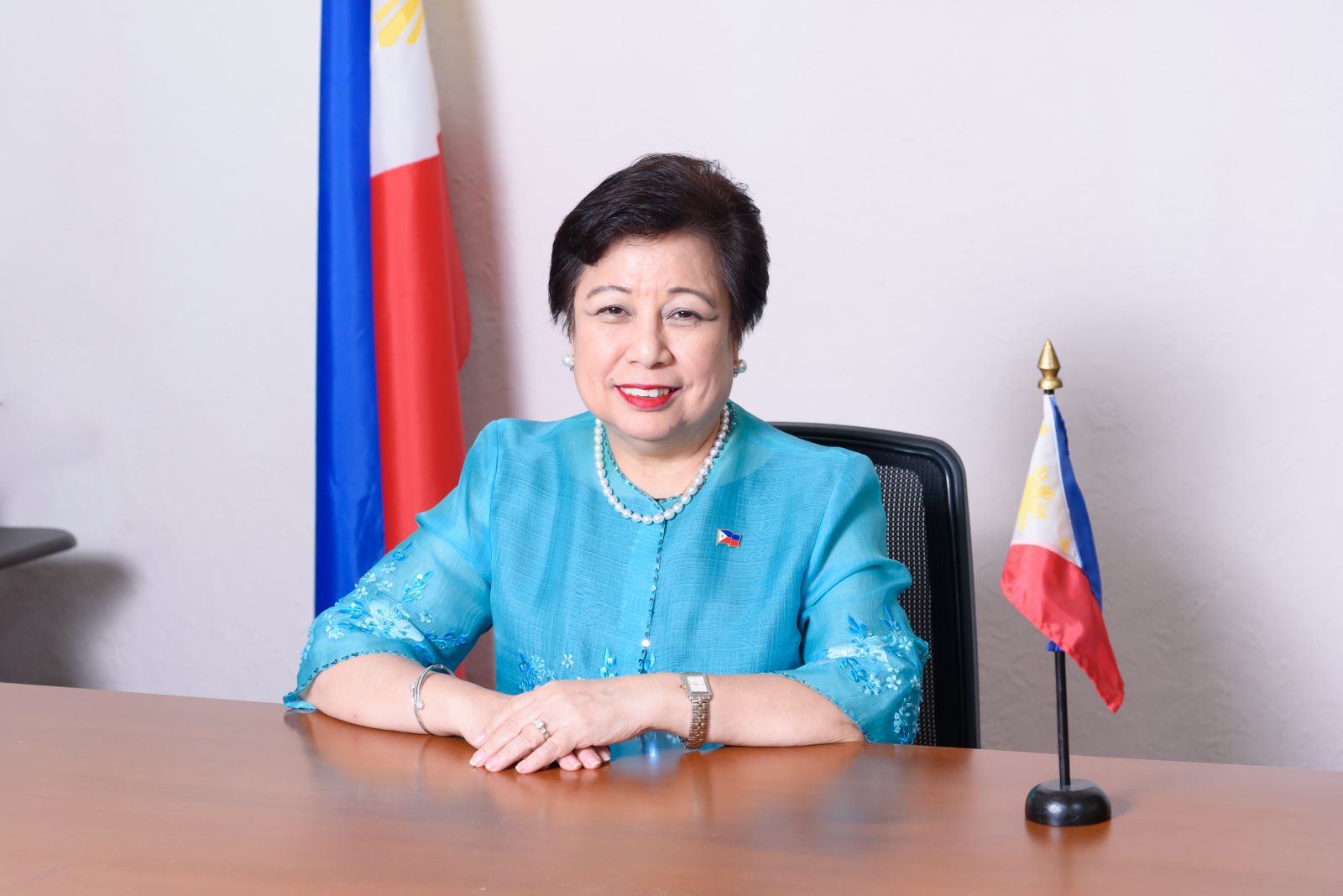
This year Thailand and the Philippines celebrate 70 years of diplomatic relations. How have relations flourished and evolved during these past seven decades?
After the signing of the Treaty of Friendship between the Republic of the Philippines and the Kingdom of Thailand on 14 June 1949, other agreements aimed at facilitating movement, exchanges and cooperation between our two countries followed suit. Moreover, in the context of the dramatic changes our region was undergoing in the post-World War II period, specifically the birth of newly independent states and national identities, the Philippines and Thailand saw a convergence of interests in working toward regional stability and cooperation.
A first attempt in this direction was the formation of the Southeast Asian Treaty Organisation (Seato) in 1954, of which the Philippines and Thailand were the only Southeast Asian founding members. Eventually, our two countries joined hands with Indonesia, Malaysia and Singapore in establishing the Association of Southeast Asian Nations (Asean) in 1967. At 52 years and in spite of formidable challenges, Asean has emerged as the second most successful regional organisation in the world today.
The strengthening of bilateral relations along with growing cooperation within Asean proved mutually reinforcing. We had more opportunities to interact with one another not only at the governmental, but also at the people-to-people level. Sustained high-level and official visits were complemented by sustained cultural, educational and technical exchanges.
A milestone would be the state visit to the Philippines of Their Majesties King Bhumibol Adulyadej The Great and Queen Sirikit The Queen Mother in 1963, during which they visited the University of the Philippines (UP) College of Agriculture and the International Rice Research Institute (IRRI) in Los Baňos, Laguna. This was followed by an influx of Thai students to the Philippines in the 1970s and 1980s, a number of whom studied at UP Los Banos. There is actually an active Philippine Alumni Association in Thailand whose members remember their university days in the Philippines with much fondness.
More recently, President Rodrigo Roa Duterte made an official visit to Thailand in March 2017, and participated in the 34th Asean Summit hosted by Thailand in June this year, in Thailand’s capacity as Asean Chair.
Long before formal relations, we were closely linked through maritime trade. How is the trade and commerce situation between us faring now? What are the biggest imports and exports between Thailand and the Philippines?
Trade between the Philippines and Thailand continues to increase, registering at over US$10 billion in 2018, an increase of 8.7% from the previous year. In 2018, the Philippines ranked as the 10th largest export market for Thailand, while Thailand ranked as the seventh largest export market for the Philippines. Overall, trade between the Philippines and Thailand comprises products in the global value chain – intermediate products that proceed to other markets.
In terms of biggest items, the Philippines’ top exports to Thailand include computer and automotive parts. Thailand’s top exports to the Philippines, on the other hand, are motor vehicles and rice.
What about investment? What kinds of businesses do Thai investors target in the Philippines and vice versa?
Thai investors participate in agribusiness (CP, Thai Union), paper and packaging (SCG), fuel retail (PTT), and hotels (Dusit, Hop Inn). Philippine investors in Thailand participate in sectors such as food manufacturing (URC, San Miguel, Liwayway, Monde Nissin), and infrastructure (Metro Pacific, Manila Water).
What would be your advice for Thai ventures looking to expand into the Philippines?
Explore the growing cities outside of Manila such as Clark, Iloilo, Cebu and Davao and aim to serve the massive domestic demand via food manufacturing close to source. We also see great business in hotels for domestic tourists in these alternative locations, because as early as 2017, we already had 97 million domestic travellers.
What about tourism? What are the most popular destinations in Thailand among Filipino visitors?
Most Filipino visitors go to Bangkok, not only to visit historical sites such as the Grand Palace and Wat Arun, but to engage in so-called “retail therapy”. Many Filipinos enjoy shopping for food and clothing items, and sometimes even medicinal products, in Bangkok. Other destinations such as Chiang Mai, Phuket and Koh Samui are becoming popular among Filipino tourists, especially since Philippine Airlines and Bangkok Airways now have a code-sharing agreement which allows checked-through flights to other cities in Thailand.
Where do you recommend Thais to visit in the Philippines? Any hidden gems not a lot of travellers know about?
Aside from its beaches and other nature destinations, the Philippines has many historical sites that highlight our prevalent Hispanic influence. Some of these are the baroque churches found in Ilocos, Cagayan, Laguna, Batangas, Quezon, and Iloilo. There are also many heritage houses dating back to as early as the 19th century that can be found in Taal, Batangas and Silay City, Negros Occidental.
It is said that the district of Binondo in Manila, which was established in 1594, is the world’s oldest Chinatown. Much like Bangkok’s Chinatown, it offers a lot of culinary and shopping finds, but it also showcases Eastern and Western influences in Philippine culture as one can see Roman Catholic Churches side by side with Taoist and Buddhist temples.
The Filipino community in Thailand is quite big. Who are most of them and what support do they need most from the embassy?
The Filipino Community in Thailand consists mostly of teachers, those who work in hotels, and those holding manufacturing jobs. Around half of our community resides in Bangkok and adjacent provinces; the rest live in the southern and northwestern provinces and in the Isaan region.
Many of our Filipino workers are able to bring their dependents to the Kingdom, thereby minimising the social cost of migration. The Embassy supports our community by providing them with consular services and nudging them to avail themselves of healthcare programs of the Philippine Government. Other services are civil registry, overseas voting and assistance to nationals, to name a few. We also conduct consular outreach missions to Filipinos residing in different provinces.
What do you think are the biggest similarities and differences between citizens of the two countries?
Filipinos and Thais are often viewed as looking similar in terms of physical features. Both are considered hardworking and creative, with a strong sense of family. Both are also known to be very hospitable, friendly, and well-known for their smiles. The differences lie mainly in religion: Filipinos are mostly Christians. The Philippines was a colony of Spain and the United States for nearly four centuries, until the end of World War II. As a result, Filipino culture is heavily influenced by Spain and the US.
We have many cooperation and bilateral agreements. Which ones do you think are the most successful?
In 70 years of formal relations, the Philippines and Thailand have signed, at least, two dozen major bilateral agreements, covering agriculture, air services, culture, defence, energy, extradition, fisheries, information exchange, investments, science and technology, taxation, tourism, trade, visas and transfer of sentenced persons. We also have a bilateral cooperation mechanism, established in 1992, that allows us to discuss the whole spectrum of bilateral relations.
In view of the length and extent of bilateral relations between the Philippines and Thailand, I would hesitate to identify specific agreements that can be considered successful and thriving. Moreover, success in one area can result in successes in other areas – they are not necessarily exclusive of each other. That said, let me note that we have seen a surge of bilateral exchanges of high-level visits and of cooperation in various areas under the administration of President Rodrigo Roa Duterte.
In addition, close cooperation exists between the Philippines and Thailand in the context of Asean and in multilateral forums, including under UN auspices.
What about future agreements or collaboration? Is there anything that we can expect soon?
In the agricultural sector, the Philippines hopes to be able to sell some of its fresh produce in Thailand, particularly avocados, as it works for market access in the Kingdom. Also, we would like to have some kind of agreement for the benefit of Filipino teachers and other migrant workers in Thailand.
You have been in Thailand for a few years. What do you like most about living and working in Bangkok?
Bangkok is a fascinating cosmopolitan, and yet still traditional, city that has much to offer any visitor or resident. It has everything one would need for a comfortable stay, except, of course, the perennial heavy traffic. While I would like to enjoy more of Bangkok and the provinces in my private time, this is a very busy post, so my evenings and weekends are usually occupied with one kind of official duty or another. I have been able to do some sightseeing on those occasional instances when family and friends came for a visit.


